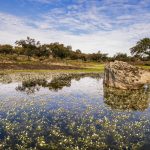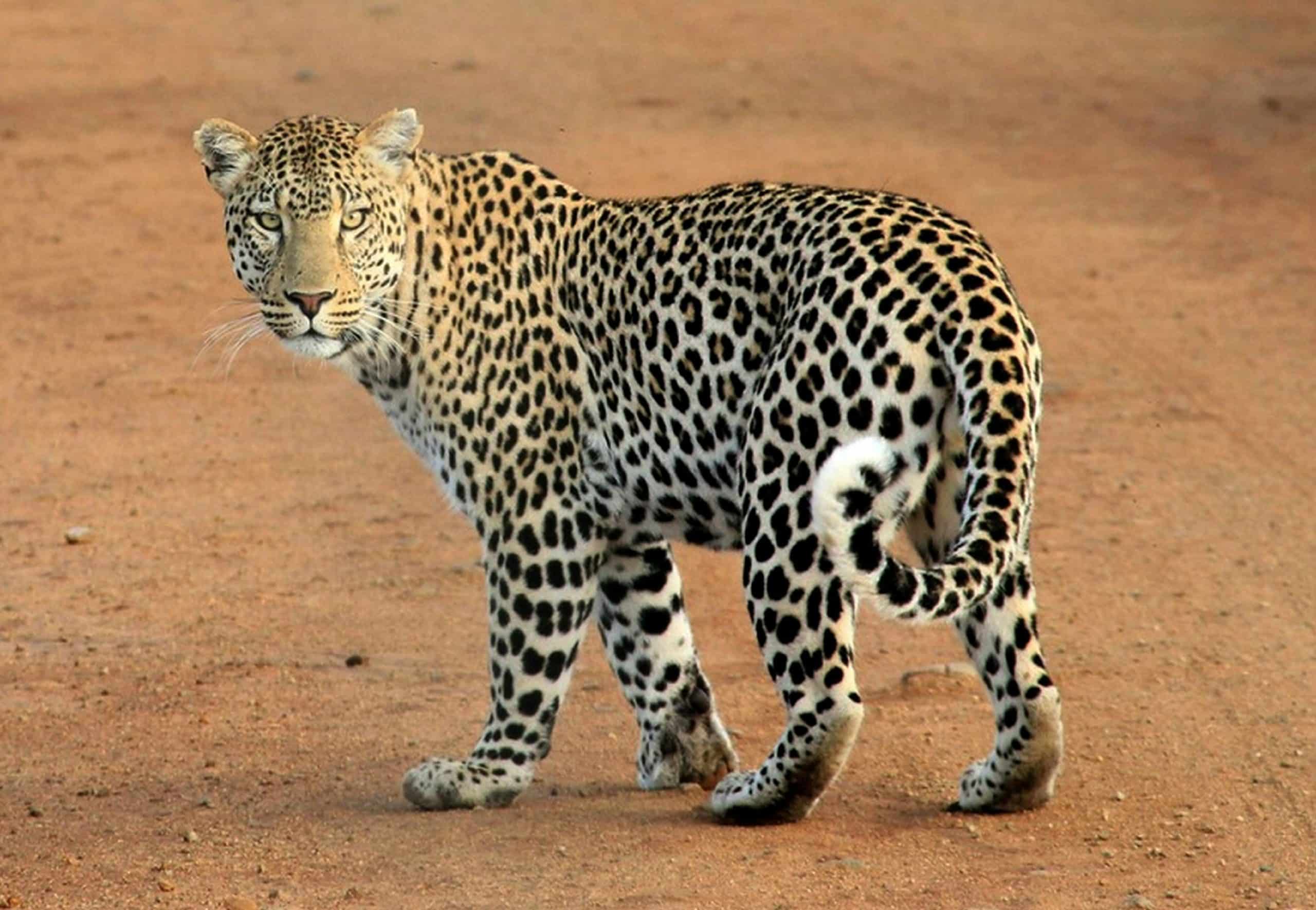Leopard geckos are charismatic and intriguing reptiles that have made their way into the hearts and homes of many pet enthusiasts. They are adored for their playful personalities and minimal care requirements, making them ideal as a beginner’s pet reptile. Among the critical essentials in leopard gecko care is the selection of a safe, non-toxic substrate for their enclosure. The substrate is more than just a lining for the bottom of your pet’s cage; it’s an integral part of their habitat, influencing their comfort, health, and overall well-being. This article will provide you with comprehensive insights into the best substrates to use for your leopard gecko’s enclosure, with a focus on safety, ease of cleaning, and creating a natural, stimulating environment.
Understanding Impaction Risks with Certain Substrates
Before diving into the best substrates to use, it’s crucial to understand the possible dangers of certain materials. The term "impaction" is one that should be familiar to any reptile owner. Impaction is a severe health problem that occurs when a leopard gecko ingests substrate materials, such as sand or gravel, which then gather in the gecko’s digestive tract and create a blockage. This issue can lead to severe discomfort, illness, and even death in leopard geckos.
A lire aussi : How to Create a Puppy Feeding Schedule to Prevent Obesity?
Many pet owners might naturally gravitate towards using sand as a substrate, mainly due to its prevalence in the gecko’s natural desert habitat. However, sand is not a suitable substrate for leopard geckos in a captive environment due to the high risk of impaction. While geckos have mechanisms to deal with the occasional ingestion of substrate in the wild, the concentration of sand in a captive habitat increases the risk substantially.
The Best Non-Toxic Substrates for a Leopard Gecko’s Enclosure
After understanding the risks associated with substrates such as sand, the question that arises is – what are the best non-toxic substrates for a leopard gecko’s enclosure? Let’s explore some options that are safe, easy to clean, and provide a comfortable habitat for your pet.
Lire également : How to Safely Travel with Your Parrot by Air?
Reptile Carpet
Reptile carpet is a popular substrate choice for leopard gecko enclosures due to its many benefits. It’s a safe, non-toxic material that reduces the risk of impaction as there are no small pieces for your gecko to accidentally ingest. Additionally, reptile carpet is easy to clean, making it a hygienic option. Moreover, it’s soft, providing a comfortable surface for your reptile pet.
Paper or Paper-Based Substrates
Paper or paper-based substrates are another excellent option for your leopard gecko enclosure. They are inexpensive, easy to replace, and perhaps most importantly, they are non-toxic and risk-free in terms of impaction. Regular paper towels or newspaper make great substrates. They are easy to change when soiled, which helps maintain a clean and healthy environment for your leopard gecko.
Bioactive Substrates
A bioactive substrate is a newer trend in the reptile hobby but is proving to be an excellent option for many. This type of substrate aims to replicate the gecko’s natural environment as closely as possible, including live plants and a clean-up crew of beneficial insects. The benefits of a bioactive setup include a more natural and engaging environment for your leopard gecko, and less cleaning for you as the clean-up crew will break down waste.
The Importance of Calcium in Your Leopard Gecko’s Substrate
While the primary concern with substrate choice is usually impaction, another factor to consider is calcium content. In the wild, leopard geckos ingest small amounts of calcium from their environment, which is crucial for their bone health. In a captive environment, it can be beneficial to include a calcium-rich substrate like calcium sand. However, because of the impaction risk associated with sand, it is generally recommended to provide a separate dish of calcium that your leopard gecko can access as needed, rather than including it in the substrate.
Maintaining and Cleaning Your Leopard Gecko’s Substrate
No matter what type of substrate you decide to use in your leopard gecko’s enclosure, maintaining cleanliness is essential. Regular cleaning will prevent the growth of bacteria and fungus, which could potentially harm your pet. Depending on the type of substrate used, you may need to clean it out and replace it entirely every week, or spot clean daily and replace entirely every few months. With bioactive substrates, the clean-up crew will handle most of this for you, but you still need to monitor the enclosure’s condition regularly.
In conclusion, when choosing the best non-toxic substrate for your leopard gecko’s enclosure, prioritise the health and comfort of your pet. Whether it’s a reptile carpet, paper-based substrate, or a bioactive substrate, make sure it’s easy to clean and presents minimal risk of impaction. And remember, always observe your gecko’s behaviour and adjust as needed, ensuring they have the best possible habitat.
The Potential Dangers of Loose Substrates
While we’ve discussed a few good substrate choices for your leopard gecko, it’s also important to be aware of the potential dangers of certain types of loose substrates. A loose substrate is any material that consists of small, separate particles, such as sand or wood chips. These types of substrates are often attractive to pet owners as they can provide a more natural-looking environment for your gecko. Unfortunately, these substrates pose a significant risk of impaction for your leopard gecko.
Despite the potential aesthetic appeal of substrates like excavator clay or terra sahara, these loose substrates have a high likelihood of being accidentally ingested by your gecko during its daily activities or while eating, leading to potential health issues. Even though these substrates are often marketed as “digestible” or “safe,” this simply means that they are less likely to cause impaction than other loose substrates. They are not completely risk-free. When it comes to your gecko’s health, it is always better to be safe than sorry.
Alternate Non-Toxic Substrates: Coconut Fiber and Zoo Med Eco Earth
If you’re searching for other non-toxic substrate alternatives, coconut fiber and Zoo Med Eco Earth are two options worth considering. Coconut fiber is a substrate that can retain humidity, making it an excellent option for creating a moist hide for your leopard gecko. This substrate is made from the husks of coconuts, making it an all-natural, biodegradable option.
Zoo Med Eco Earth, on the other hand, is a type of coconut fiber substrate that is compressed into bricks for easy storage. Once water is added it expands, providing you with an ample amount of substrate to use in your gecko’s enclosure. It allows for natural digging behavior and is safe for your leopard gecko if accidentally ingested, posing minimal impaction risk. However, these substrates, like all others, must be monitored and cleaned regularly to prevent bacterial growth.
Conclusion: Crafting the Best Leopard Gecko Habitat
In conclusion, creating a safe, healthy, and stimulating environment for your leopard gecko is a crucial part of pet ownership. The substrate is more than just a floor covering for your gecko’s enclosure – it is a vital part of their habitat that directly influences their health and well-being.
Selecting the right substrate means considering factors such as risk impaction, ease of cleaning, and even how closely it mimics the gecko’s natural environment. Whether you choose a reptile carpet, paper towels, or a bioactive setup, remember to keep a close eye on your leopard gecko’s behavior. Changes in their behavior can often indicate if a substrate is not suitable for them or if they are uncomfortable.
Remember, the goal of creating a leopard gecko habitat is not just to keep your gecko alive but to help them thrive. The right substrate can go a long way in ensuring your leopard gecko leads a healthy, happy, and long life. As always, when in doubt, consult with a professional or experienced reptile keeper to get the best advice for your specific situation. Happy gecko keeping!











